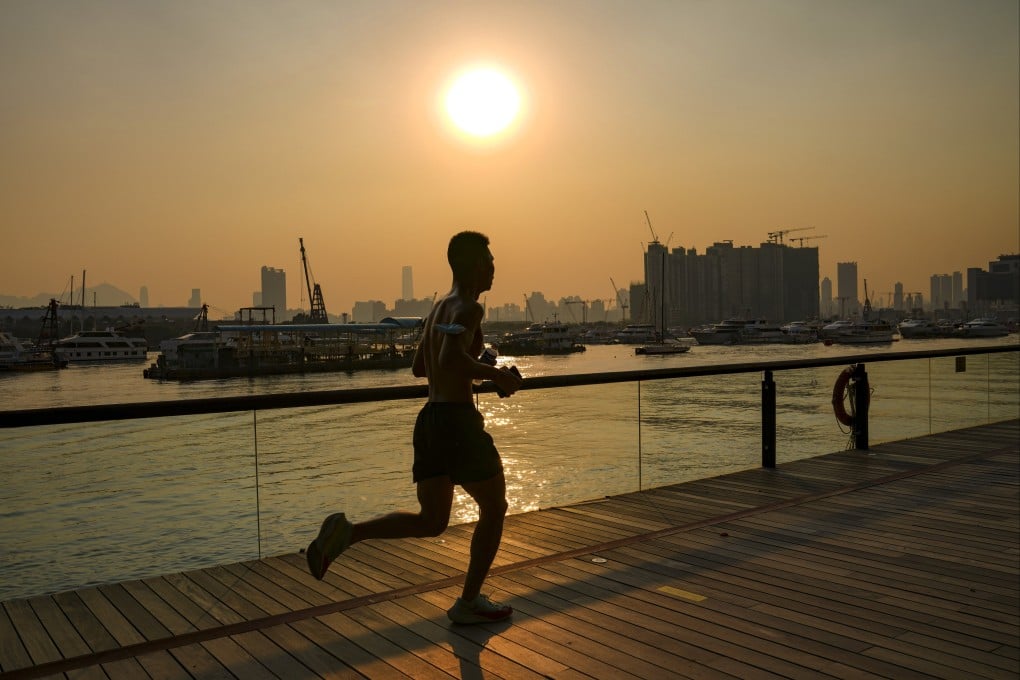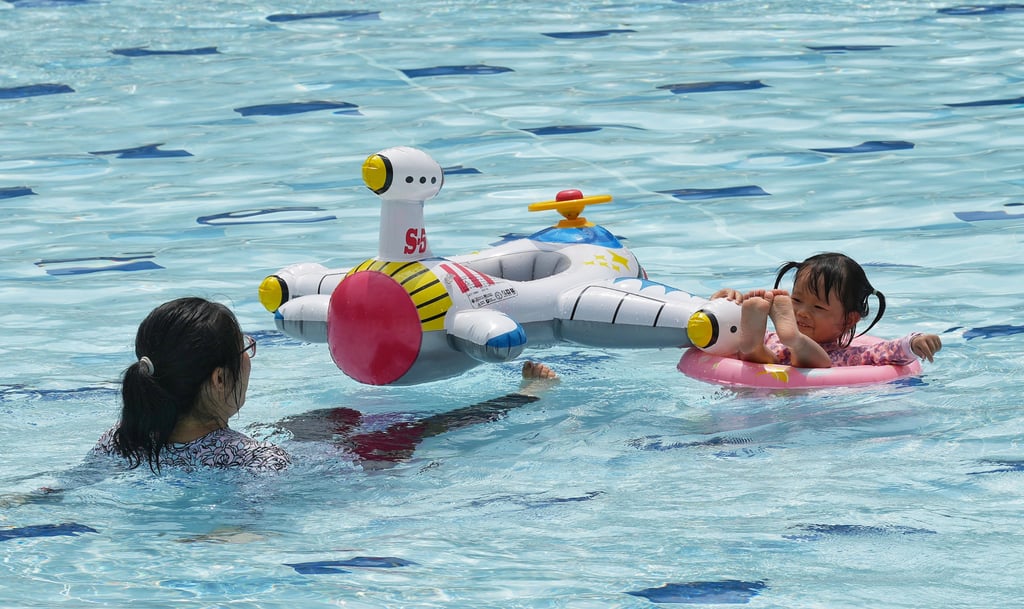Advertisement
Hong Kong’s physical fitness improves, but more than half of population fails to get enough exercise, survey finds
- Physical fitness improves over the last decade, but many fail to exercise enough and suffer from obesity, survey shows
- More than a third of men and more than a fifth of women are obese, based on the WHO’s body mass index
Reading Time:3 minutes
Why you can trust SCMP
2

Physical fitness in Hong Kong has in general improved over the last decade, but more than half of the population still do not get enough exercise and many suffer from obesity, a survey has revealed.
The government on Friday released the results of the poll, which found that most physical fitness parameters had improved across different age groups compared with a similar investigation about 10 years ago.
The adult respondents, aged between 17 and 79, showed better results in areas such as cardiovascular endurance and muscular strength and endurance than those questioned for the 2012 survey.
Advertisement
Children, aged between seven and 11, and adolescents aged from 12 to 16, also showed better cardiovascular endurance.

“The figures showed that Hongkongers’ overall physical fitness had slightly improved compared to 10 years ago, which we estimated was related to the improved sports atmosphere and awareness recently,” Professor Stanley Hui Sai-chuen, from the department of sports science and physical education at Chinese University, said.
Advertisement
Advertisement
Select Voice
Choose your listening speed
Get through articles 2x faster
1.25x
250 WPM
Slow
Average
Fast
1.25x